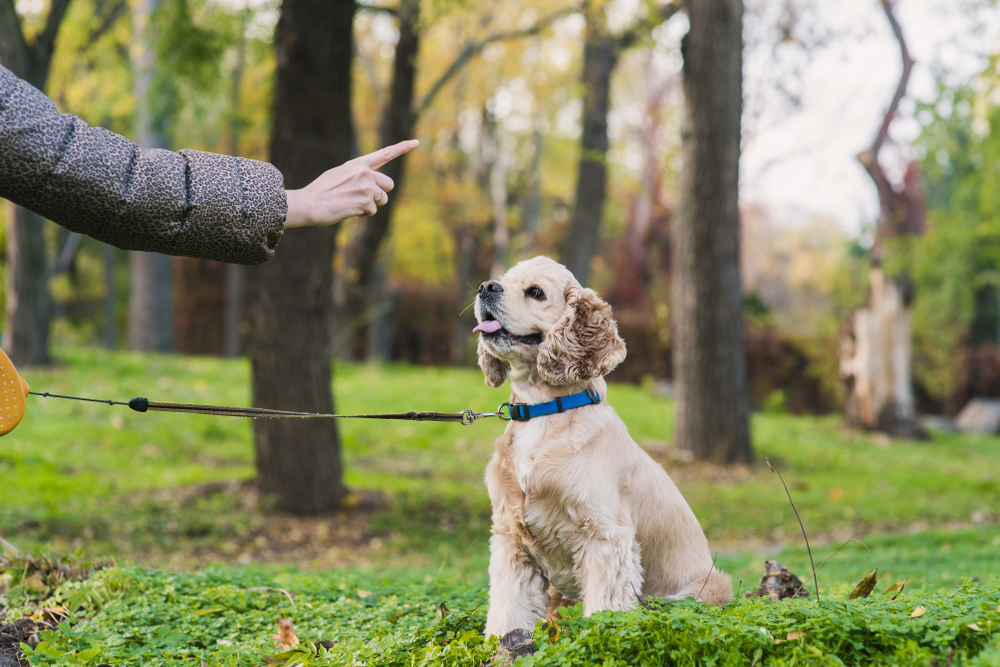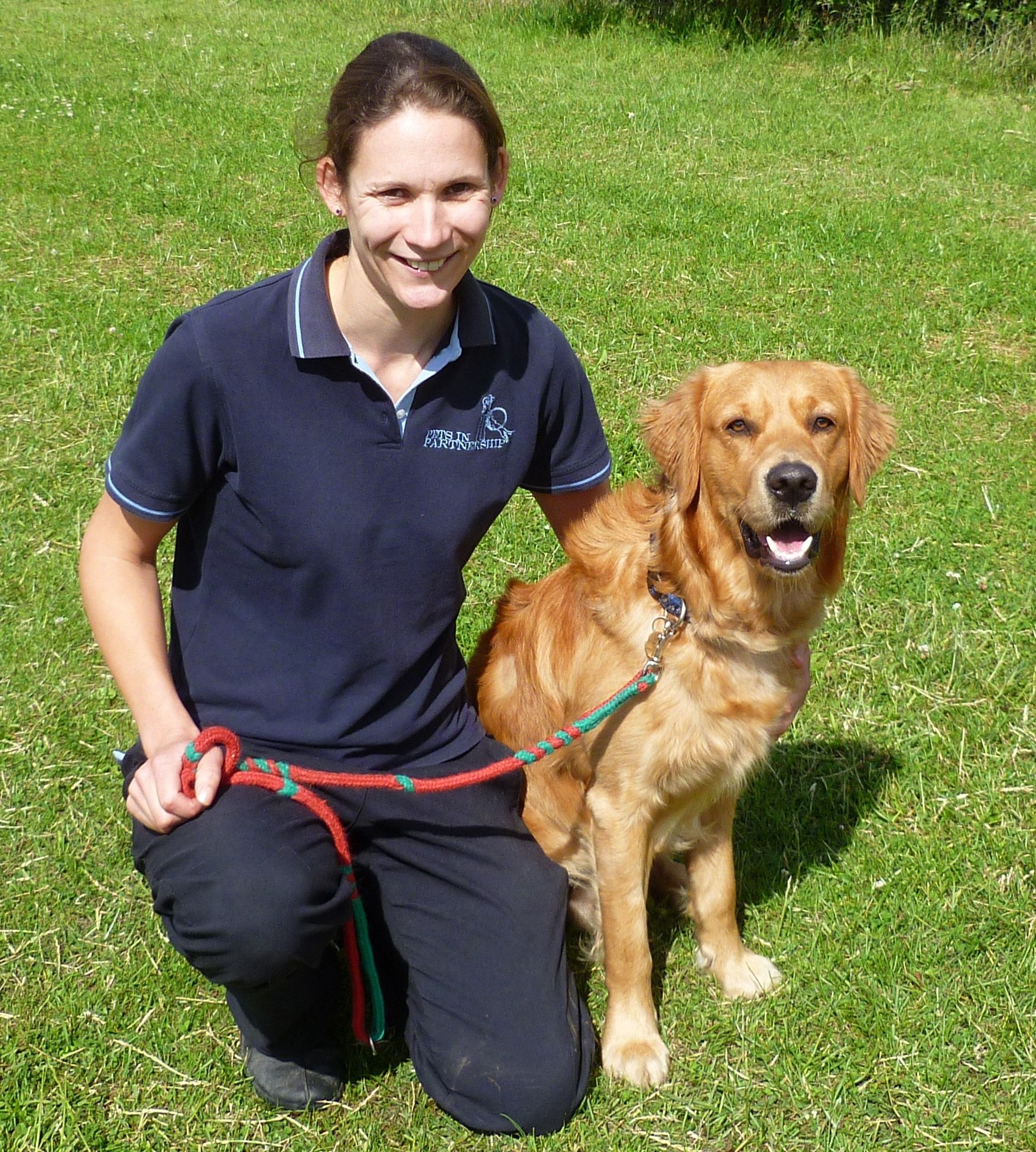Beginner's Guide to Effective Canine Training at Home
Efficiently training a pet at home calls for a nuanced understanding of canine habits and effective communication methods. Developing clear training objectives, using top quality rewards, and preserving uniformity across family members are important aspects. Additionally, incorporating training right into daily routines can improve both involvement and retention. However, numerous amateur fitness instructors run into challenges that might impede progression. To navigate these complexities successfully, it's necessary to discover a number of essential facets that can change your strategy and lead to a harmonious connection with your family pet. What fundamental concepts should every beginner understanding to guarantee success?
Recognizing Dog Behavior
Understanding dog actions is vital for effective training and promoting a harmonious relationship in between people and their canine buddies - Puppy Training. Canines connect mostly through body movement, vocalizations, and faces, making it essential for owners to interpret these signals precisely. Acknowledging habits such as tail wagging, grumbling, or shrinking can provide understandings into a dog's emotional state and objectives
In addition, understanding the natural impulses of pet dogs, such as their pack attitude, helps proprietors establish management roles within the family. This is important for developing a structured atmosphere where pets feel secure and are more receptive to training. Pets are also influenced by their socializing experiences; very early exposure to different settings, people, and other pets can dramatically shape their actions later on in life.
Usual behavioral issues, such as aggressiveness, stress and anxiety, or too much barking, commonly originate from misunderstandings or unmet requirements. Observing and resolving these concerns immediately can avoid rise and guarantee a favorable training experience. By cultivating a deep understanding of dog habits, owners can customize their training methods to fit their canine friends, eventually leading to a well-behaved and satisfied family pet.

Crucial Training Tools
A well-equipped training space can significantly boost the efficiency of dog training in the house. Necessary training tools guarantee that both the dog and the instructor can take part in efficient sessions that foster understanding and bonding.

Spending in a strong leash and a comfortable, well-fitting collar or harness is crucial for security and control. These devices aid develop limits and make certain the pet dog continues to be protected throughout training. In addition, an assigned training location, devoid of distractions, aids focus for both the pet dog and the fitness instructor.
Educating help such as training pads, cones, or agility equipment can additionally improve the experience by introducing selection and challenges. Having a note pad or electronic application for tracking progression can be indispensable, permitting you to keep in mind successes and areas for renovation. Using these crucial tools will certainly create a favorable training atmosphere and lay the foundation for effective knowing.
Creating a Training Routine
Establishing a regular training routine is essential for effective canine training at home. wikipedia reference A well-structured regular not just helps in enhancing wanted behaviors however likewise offers your canine with a complacency and predictability. To develop an efficient training routine, begin by recognizing certain training goals, such as fundamental commands, leash strolling, or housebreaking.
Pick an assigned time every day for training sessions, preferably when your pet is sharp and receptive. Procedure must be short, about 5 to 15 mins, to maintain emphasis and prevent exhaustion. Consistency in timing and setting will boost your pet dog's knowing experience.
Incorporate training into everyday tasks to reinforce abilities. As an example, method commands throughout walks or mealtime, which incorporates discovering into all-natural routines. Furthermore, remain versatile and adjust the routine as essential, suiting your canine's energy degrees and state of mind.
Positive Support Strategies

When implementing positive reinforcement, it is vital to select incentives that are encouraging for your dog. High-value deals with, such as small pieces of hen or cheese, can be particularly effective during training sessions. In addition, differing the incentives can preserve your dog's passion and interest.
Start with straightforward commands, like "sit" or "stay," and progressively development to much more intricate jobs. Uniformity is essential; make sure that all relative utilize the exact same commands and benefit systems to stay clear of complication.
Moreover, it is essential to stay individual and stay clear of aggravation. Dogs, like people, learn at their very own rate. By cultivating a helpful training setting with positive support, you can boost your canine's learning experience while strengthening the bond between you and your furry friend, preparing for effective Going Here training outcomes.
Usual Training Difficulties
While educating a canine in the house can be a fulfilling experience, it commonly features a collection of common challenges that can evaluate both perseverance and uniformity. One widespread issue is distraction. Pet dogs might come to be quickly averted by sounds, activities, and even scents in their atmosphere, making it difficult to maintain their emphasis throughout training sessions.
An additional obstacle is incongruity in commands and support. It can prevent and puzzle the canine development if family participants make use of various hints or benefits. Establishing a unified method is necessary for reliable interaction.
Furthermore, dogs can experience irritation or stress and anxiety, especially if they do not understand what is expected of them. This can result in unwanted behaviors, such as barking or eating.
Lastly, the timing of support is crucial. Delayed benefits can lessen the efficiency of favorable reinforcement, as canines might stop working to attach the actions with the benefit.
Getting over these challenges calls for commitment, clear interaction, and a structured training plan - Puppy Training. Acknowledging and attending to these common obstacles will certainly lead the way for a much more successful and pleasurable training experience in your home
Verdict
Finally, effective canine training go to website at home requires a thorough understanding of canine actions and effective communication methods. By developing clear training goals and utilizing premium deals with along with favorable support, the training procedure comes to be more fulfilling for both the dog and the fitness instructor. Consistency, flexibility, and patience are vital elements that assist in discovering. Inevitably, incorporating training right into day-to-day regimens enhances the bond between canine and proprietor, making the experience both productive and satisfying.
Developing a constant training routine is essential for reliable canine training at home.Favorable reinforcement strategies are essential to effective dog training, advertising preferred behaviors through incentives instead than penalty. By promoting an encouraging training atmosphere through favorable support, you can enhance your canine's learning experience while reinforcing the bond in between you and your furry companion, laying the foundation for successful training end results.
In final thought, effective pet dog training at home requires a comprehensive understanding of canine actions and efficient communication techniques. By establishing clear training objectives and using top quality treats alongside favorable support, the training procedure ends up being much more gratifying for both the instructor and the canine.